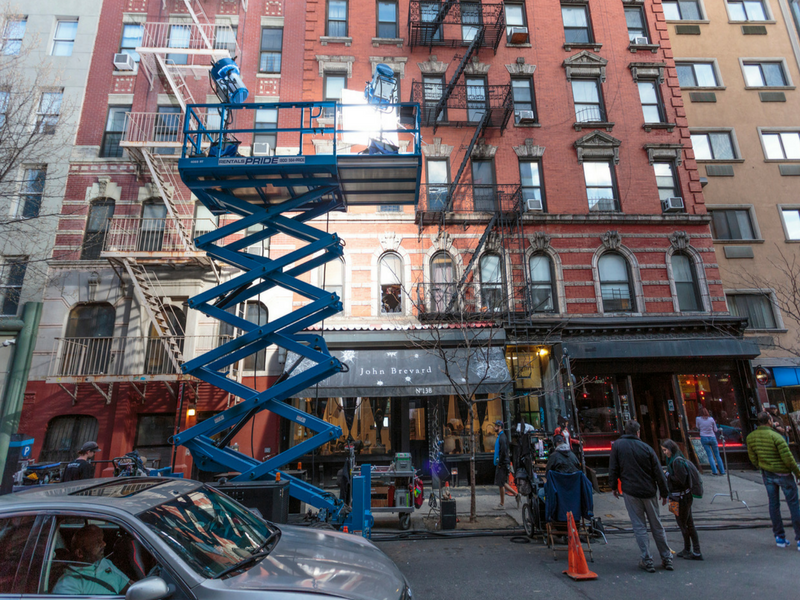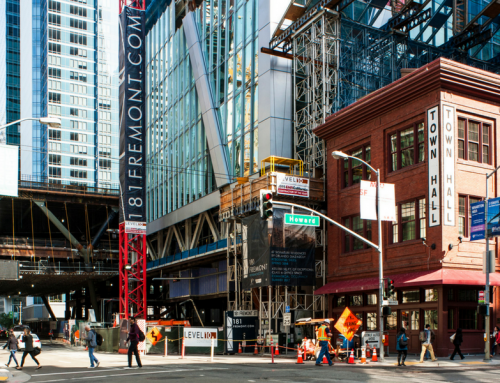From project style, networking, to teamwork the decision-making in the construction and movie industries are the same.
The AEC industry is a lot like Hollywood. Let’s say you’re a film producer and we’re a real estate developer. You get a screenplay; we get a piece of land. You create your production company (probably employing hundreds of people) and shoot the movie. We get architects, engineers, contractors, consultants, and build the building. You market and sell the film to the public; we hire a marketing and sales team to lease or sell the building.
Once you’ve completed your movie, you’re finished. Once we’ve completed our building, we’re finished. You’re onto the next project, and so are we. In other words, there’s no continuity of product.
Networking is important to both. In Los Angeles, if you’re not in the movie business and you’re having a conversation with someone in the “business,” after five minutes they are probably looking over your shoulder to connect with another person. Ultimately, it’s all about networking.
In the construction business—which has its ecosystem, not only in New York and Los Angeles but every major metropolitan market worldwide – it’s just as important to connect with others in the industry who may tell or connect you to the next big project coming down the pike.
Another similarity is teamwork. Interaction and teamwork are essential parts of both industries. It’s fully a team effort to get a movie made or a building built. It’s not about sitting in a cubicle by yourself day after day. It’s about interacting with lots of people.
With high-rise construction, decision-making becomes dispersed among team members. It has to be. Big projects are far too complicated for anyone individual to oversee. Experts work individually but communicate collectively. Everyone takes responsibility for controlling their part of the greater whole.
An architect with a major firm in Dallas mentioned to us that you could get fired if you try to do everything yourself. But if you make a mistake and you’re working with a team, it’s okay.
With any high-rise building, from the parking consultant to land-use consultant to wind consultant, dozens of disciplines need to come together and collaborate.
“Designing and constructing buildings involves many people, who, when reaching agreements, make distribution of responsibility a normal characteristic of the culture of building,” writes Professor Stephen Kendall on open-building.org. (Open building is a design strategy that considers the need for buildings to adapt over their lifetimes to social or technological change.)
“No one decides everything,” continues Kendall, “and we usually celebrate that fact while struggling to deal with the complexity it brings.”
He goes onto explain how decision-making is dispersed during the building process: “Since no one party makes all decisions when a building is first constructed, nor over the course of time as the building adjusts to new needs and technical requirements, we understand the importance of organizing decision-making in such a way as to reduce excessive dependencies or entanglements among the parties involved. This helps avoid conflicts between people on the project.”
Making movies is no different: team members with different skills—from screenplay writers to casting directors to costume designers—come together and make a film. Their director/producer is our developer. From the novelty of every new project to the premiums placed on networking and teamwork, the construction industry is similar the Hollywood movie business. Both industries are for the creative and innovative.






